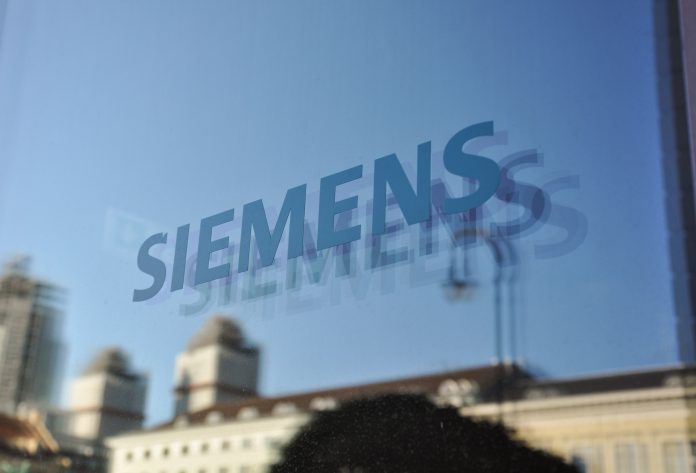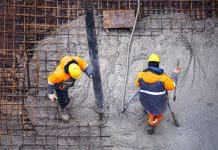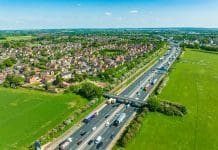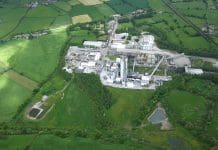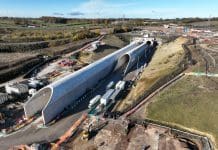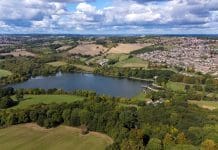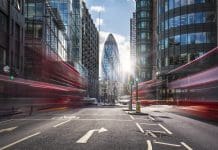The proposed road map for Trafford Park from Siemens will support Trafford Council’s aims to achieve net zero by 2038
Siemens has recently published the Low Carbon Trafford Park 2038 study, which aims to identify the costs and impact of low-carbon technologies at the industrial estate. The study covers a range of solutions, including waste-to-energy and heat recovery from energy-intensive industrial players and the potential for solar photovoltaics across the park to generate 147 GWh of clean energy.
The council can lead the way in decarbonisation
Although the council’s direct CO2 emissions only account for around 2% of Manchester’s total output, the council acknowledge that they have an important influence on areas such as planning, building regulation, housing, transport and economic growth.
The City’s Climate Change Action Plan 2020-25 works alongside the citywide framework produced by Manchester Climate Change Partnership. The framework outlines collective targets for Manchester in limiting the effects of climate change, whereas the Climate Change Action Plan will be delivered by the Council.
The study outlines a plan for the council to successfully eliminate the 714,000 tonnes of carbon emitted from Trafford Park annually. Over 1,330 businesses use the estate, and more than 35,000 are employed at the facility over an area of 4.6 sq. miles.
The Council intend to use the roadmap to facilitate stakeholder engagement and collaboration at Trafford Park. It is hoped that businesses at the estate will align environmental goals with different commercial segments across recommended technological and behavioural measures.
Decarbonisation could lead to better business opportunities at Trafford Park
Siemens are confident that the decarbonisation of Trafford Park will attract new business to the park and enhance the commercial standing of the region. It is estimated will cost around £1.2bn in private and public investment to achieve a 94% reduction in emissions.
“Projects like this are a vital step for the UK’s net zero ambitions. Decarbonisation can’t just be about creating brand-new net-zero buildings and infrastructure. Put simply, we need to be able to measure, assess and act to change what we already have,” said Carl Ennis, CEO of Siemens in the UK and Ireland.
“As one of Europe’s leading industrial hubs, Trafford Park now has an opportunity to lead the way and be an example of what the public and private sectors can achieve together in reaching net zero,” he continued.
Models of 48 energy conservation measures are included in the plan to reduce total on-site electric and gas consumption at Trafford Park. This will be accompanied by the sequenced implementation of electricity and heat generation measures.
The study recommends the rollout of solar photovoltaics and outlines the park’s potential to generate 147 GWh of energy per year through rooftop and carport-mounted panels. According to the study, wind turbines could also generate up to 21 GWh per year.
“In the current global economy and climate emergency, Trafford Council aims to ensure Trafford Park businesses can lead the way on sustainability and climate change reflecting the rich industrial history and spirit for entrepreneurship that has enabled Trafford Park to develop into one of Europe’s largest and most successful business districts,” said a spokesperson for Trafford Council.
“The findings from the studies have provided a blueprint for how the Council can work with consultants such as Siemens, Arup, and Groundwork Greater Manchester to ensure that Trafford Park remains a vibrant, economic powerhouse whilst addressing climate change within the borough. We are hopeful that it will provide a national if not global, example of how a significant industrial park can play a vital role in looking after our environment,” they concluded.


